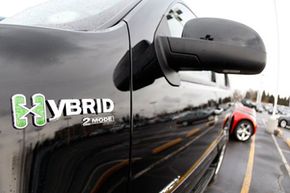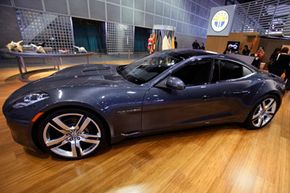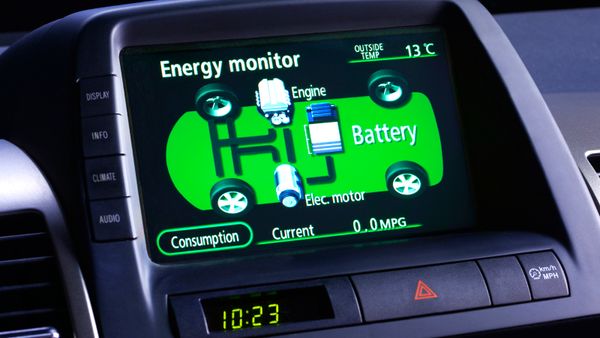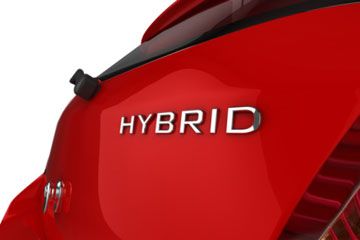The world's first mass-produced gasoline-electric hybrid car, the Toyota Prius, launched in December 1997 against a backdrop of growing concern over human-induced climate change and a clamor for greener technologies. People have debated the economic impact of the vehicles, which utilize a dual-mode drive train to combine the low-emission energy efficiency of an electric motor with the superior high-speed performance and power-to-weight ratio of a gasoline engine, ever since.
The discussion continues. Some dispute the relative economic advantage of buying more expensive hybrid models instead of cheaper, but still fuel-efficient, internal combustion cars. They wonder if their fuel savings will offset the difference in sticker price, especially if the hybrid models they shop for come standard with a more expensive repair bill. Good warrantees, loads of options and state and federal economic incentives can tip the scales in the hybrids' favor, but the introduction of less efficient hybrid versions of gas-guzzling full-sized trucks and SUVs has further blurred the picture.
Advertisement
Critics have also pointed out that the economic and environmental impacts of hybrids depend not only on their fuel efficiency, but also upon the costs -- and the political, national security and economic ripple effects -- of the materials and technologies that go into building them. On the other hand, as the market continues to grow, hybrid prices will continue to fall and manufacturers could shift to more secure, economical and environmentally friendly alternative technologies.
Clearly, hybrids present a moving target, and detecting their economic impact remains about as easy as hearing a hybrid's electric motor idling at a stop sign. Still, logic suggests a few obvious and important areas in which to look, and we'll examine three of them in this article: the auto industry, the oil industry and the population. So, put on your thinking caps, fasten your seatbelts and let's get underway.
Advertisement





